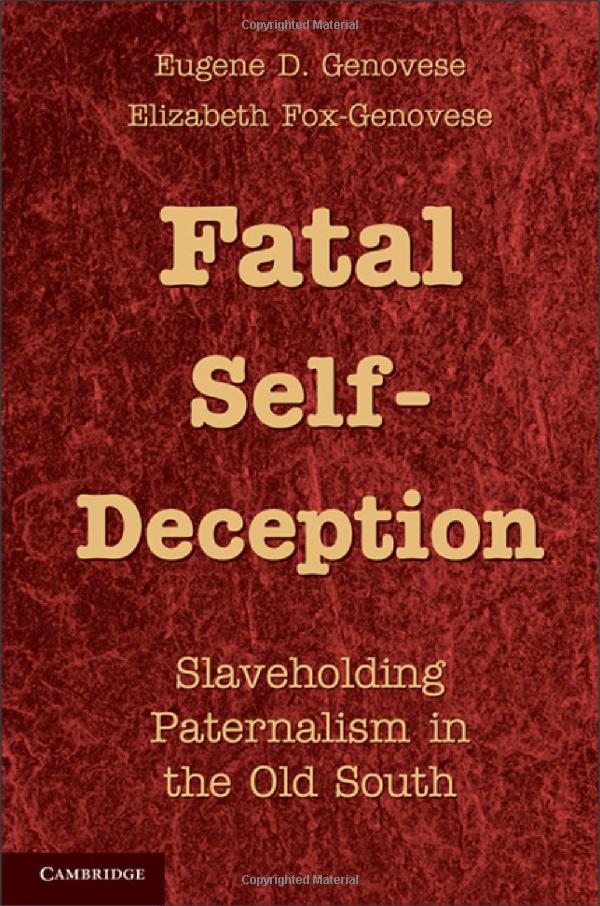Fatal Attraction: The Seductive Allure of Lethal Flowers
Guide or Summary:Botanical Beauty with a Deadly TwistThe Seductive Allure of Lethal FlowersEcological Significance and Evolutionary AdvantageHuman Fascinati……
Guide or Summary:
- Botanical Beauty with a Deadly Twist
- The Seductive Allure of Lethal Flowers
- Ecological Significance and Evolutionary Advantage
- Human Fascination with Lethal Flowers
The allure of flowers has long been a source of fascination and inspiration across cultures, with their vibrant colors and delicate forms captivating the senses. However, beneath the surface of their seemingly innocent beauty lies a darker side, as some flowers possess a lethal charm. This article delves into the world of "fatal attraction," exploring the seductive allure of lethal flowers and their deadly consequences.
Botanical Beauty with a Deadly Twist
The concept of fatal attraction is not limited to humans; it extends to the plant kingdom as well. Many flowers, though visually stunning, harbor toxic compounds that can be harmful or even fatal to certain organisms, including humans. These flowers have evolved to attract pollinators and spread their seeds, often using their beauty as a deceptive lure.

The Seductive Allure of Lethal Flowers
One of the most well-known examples of fatal attraction is the deadly nightshade (Atropa belladonna). This flower, with its enchanting white petals and heart-shaped leaves, has captivated humans for centuries. However, its allure is deceptive, as ingestion of even a small amount of its toxic alkaloids can lead to severe symptoms, including hallucinations, paralysis, and death.
Another example is the deadly lily (Lilium parviflorum), also known as the Easter lily. While it is commonly used in floral arrangements and symbolizes purity and rebirth, it also contains compounds that can be toxic if ingested. Inhaling its pollen can cause respiratory problems, particularly in individuals with allergies.
Ecological Significance and Evolutionary Advantage
The presence of toxic compounds in some flowers serves a crucial ecological function. By deterring herbivores and pathogens, these plants increase their chances of survival and reproduction. This evolutionary strategy has led to the development of specialized pollinators, such as bees and butterflies, that can tolerate or even benefit from the toxic compounds.

Human Fascination with Lethal Flowers
Despite their deadly nature, lethal flowers continue to captivate humans. Their allure lies not only in their beauty but also in the thrill of their danger. From ancient myths and legends to modern literature and art, the fascination with these flowers persists.
In fact, some cultures have incorporated lethal flowers into their traditions and rituals. For example, the Mexican Day of the Dead celebrations often feature marigolds (Tagetes spp.), which are believed to guide the spirits of the deceased to the afterlife. While these flowers are not inherently toxic, they can cause irritation or allergic reactions if ingested.
The seductive allure of lethal flowers is a fascinating and complex phenomenon that highlights the delicate balance between beauty and danger in the natural world. While these flowers may pose a threat to certain organisms, they also play a crucial role in ecological systems and continue to captivate human imagination. As we explore the mysteries of the plant kingdom, it is essential to recognize the dual nature of these fascinating organisms and approach them with both wonder and caution.

In conclusion, the seductive allure of lethal flowers serves as a poignant reminder of the intricate and often delicate balance between beauty and danger in the natural world. From the mesmerizing white petals of the deadly nightshade to the enchanting fragrance of the deadly lily, these flowers continue to captivate and intrigue us, reminding us of the complexities and wonders of the natural world.